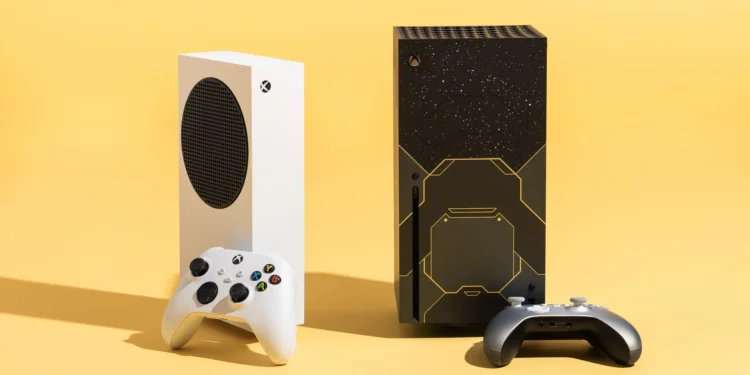The world of gaming has evolved dramatically over the decades. From chunky arcade boxes to sleek, high-performance consoles and versatile cloud gaming platforms, gamers today are spoiled for choice. Whether you’re a retro enthusiast, a hardcore console gamer, or someone dipping into the mobile and streaming scene, the gaming ecosystem offers a vast array of platforms—each with unique strengths and experiences.
This comprehensive guide compares more than 60+ popular gaming consoles and platforms, organized into 6 curated groups. Each group contains 10 platforms, analyzed by hardware specs, game libraries, exclusives, performance, ecosystem, and more. Whether you’re deciding on your next gaming investment or exploring the history of gaming technology, this guide brings clarity and detail to your decision-making process.
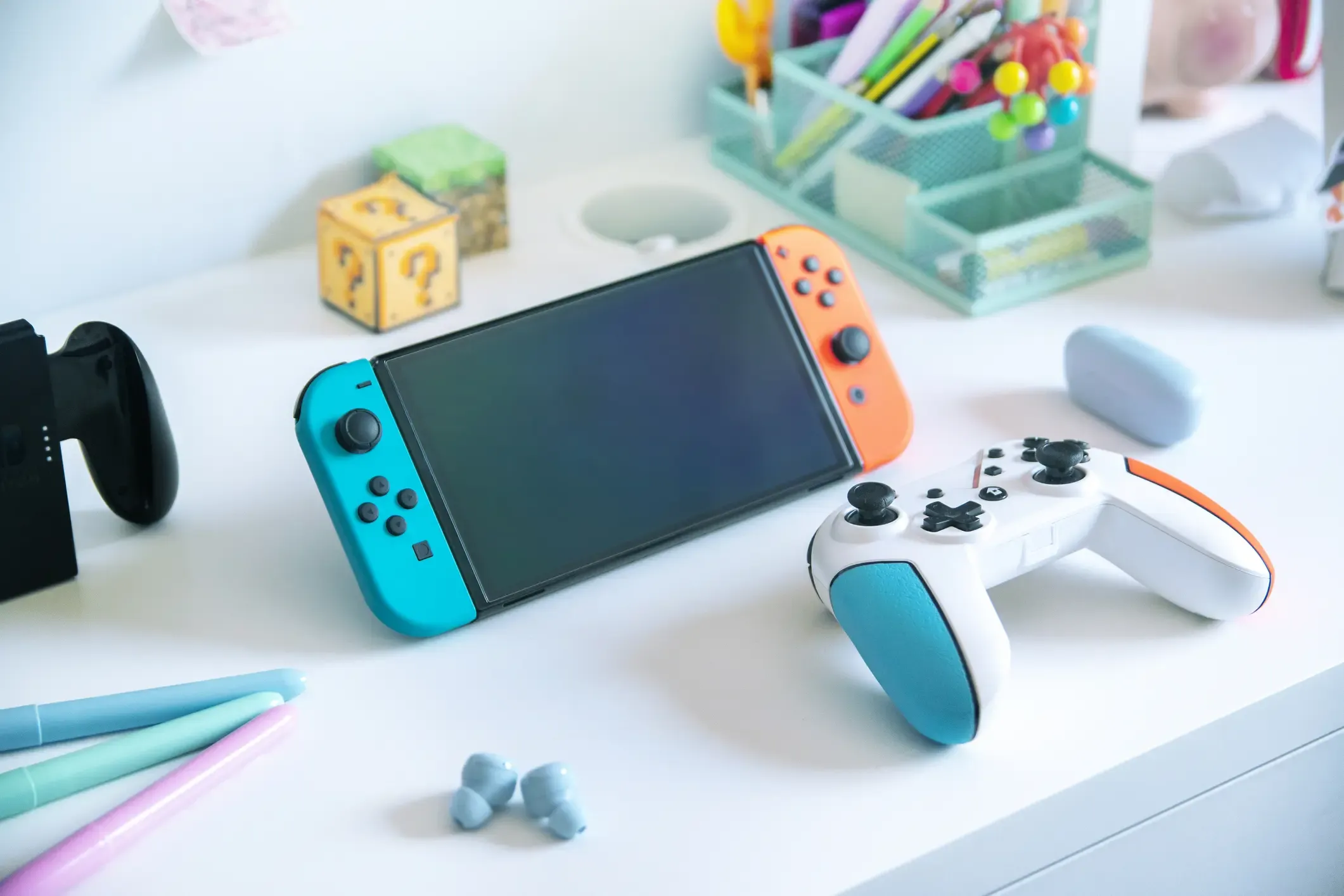
Modern Home Consoles – Power, Performance, and Exclusives
This group compares today’s most powerful home gaming consoles. These platforms are engineered for high-end performance, stunning visuals, and massive game libraries. They’re the centerpieces of living room entertainment, built to deliver immersive single-player adventures, online multiplayer experiences, and rich ecosystems of exclusive titles and media features.
- PlayStation 5
Sony’s flagship console boasts ray tracing, haptic feedback, ultra-fast SSD, and exclusives like God of War: Ragnarok and Spider-Man 2. It’s a top-tier choice for immersive storytelling and visuals. - Xbox Series X
Microsoft’s powerhouse console offers 4K gaming, fast loading, and the extensive Xbox Game Pass. Its backward compatibility and performance edge make it ideal for hardcore gamers. - Xbox Series S
More affordable than the Series X, the Series S targets 1440p gaming and all-digital content. It’s compact, cost-effective, and perfect for Game Pass subscribers. - Nintendo Switch
Combining handheld flexibility and home console performance, the Switch offers unmatched exclusives like Zelda and Mario. Its hybrid design remains a standout innovation. - Steam Deck
Valve’s portable PC gaming console delivers a full Steam experience with impressive specs. It offers flexibility for both handheld and docked gameplay with a vast PC library. - PlayStation 4 Pro
Still relevant for gamers not ready to jump to PS5, the PS4 Pro supports 4K upscaling, solid performance, and access to a massive library of exclusives and indie titles. - Xbox One X
While officially discontinued, the One X offers native 4K gaming and is still supported by Microsoft’s ecosystem, including Game Pass and backward compatibility. - Nintendo Switch OLED
An enhanced version of the original Switch, it features a vivid OLED screen, improved audio, and better build quality for handheld gaming enthusiasts. - PlayStation 5 Digital Edition
A disc-less version of the PS5 offering identical performance at a lower price point. Ideal for gamers going fully digital with PlayStation Store titles. - Xbox One S
A budget-friendly gateway into the Xbox ecosystem, the One S offers solid HD gaming, streaming apps, and disc playback support.
Why This Group Matters
These are the current heavyweights of console gaming, offering the latest in visual fidelity, controller innovation, and content ecosystems. Their performance and exclusive titles are defining the modern era of interactive entertainment. Choosing between them comes down to ecosystem preference, exclusive games, and budget, but none provides a top-tier gaming experience.
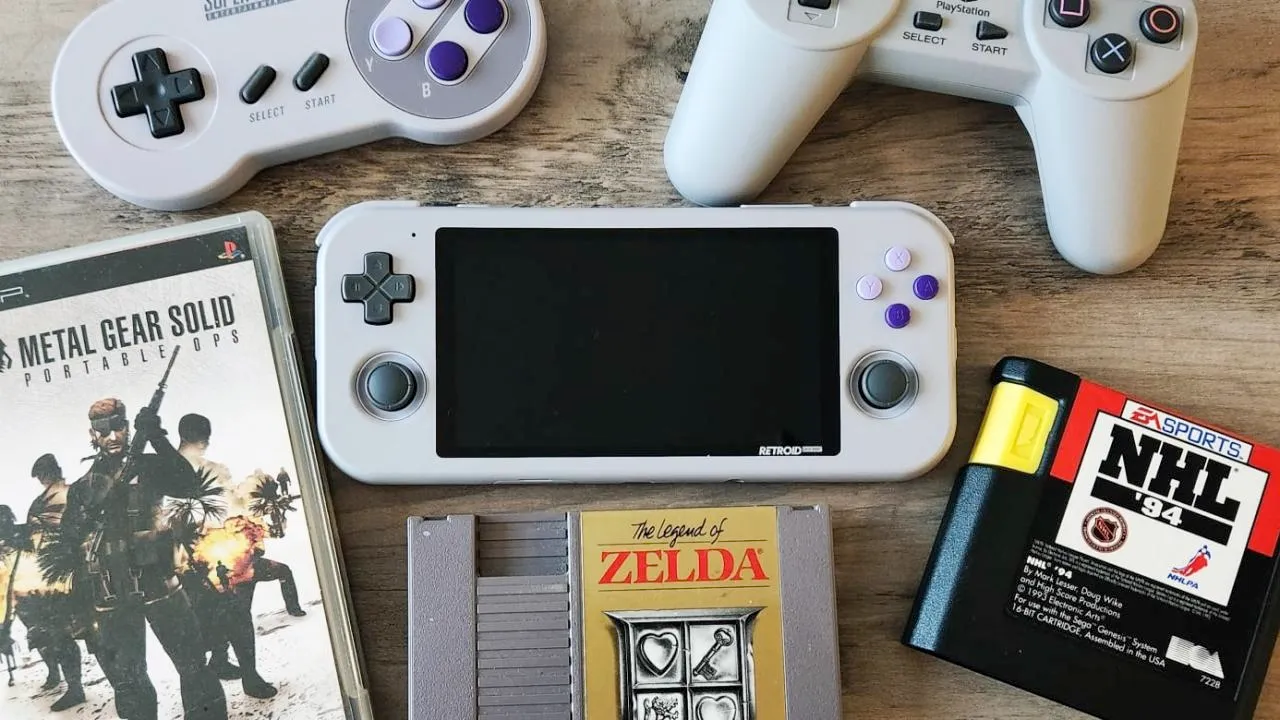
Retro Consoles – A Nostalgic Journey Through Gaming History
Retro consoles are more than just old technology—they are the foundation of modern gaming culture. These platforms introduced genres, iconic characters, and gameplay mechanics that still influence games today. Whether through original hardware or modern re-releases, retro consoles let players relive a golden age of pixelated adventures and unforgettable soundtracks.
- Nintendo Entertainment System (NES)
Released in 1985, the NES revitalized the video game industry with hits like Super Mario Bros. and The Legend of Zelda. Its 8-bit graphics and simple controller design made it a global sensation. - Super Nintendo Entertainment System (SNES)
Known for its vibrant 16-bit visuals and legendary library, the SNES brought us titles like Chrono Trigger, Super Metroid, and Final Fantasy VI—many of which defined their genres. - Sega Genesis
Sega’s 16-bit powerhouse was home to Sonic the Hedgehog and Mortal Kombat. It introduced faster gameplay and more “edgy” marketing aimed at older kids and teens. - Atari 2600
One of the earliest home consoles, the Atari 2600 introduced gaming to households worldwide with titles like Space Invaders and Pitfall, laying the groundwork for the industry. - Nintendo 64
With its innovative analog stick and 3D graphics, the N64 changed gaming forever. It featured revolutionary titles like Super Mario 64 and GoldenEye 007. - Sega Dreamcast
Ahead of its time, the Dreamcast had online play, a VMU memory card, and a unique library that included Shenmue and Jet Set Radio. - Sony PlayStation 1
Sony’s entry into the console market brought CD-based gaming and mature storytelling with titles like Metal Gear Solid, Final Fantasy VII, and Resident Evil. - Neo Geo AES
Famous for arcade-perfect ports, the Neo Geo was a luxury console with high-quality fighting games like Samurai Shodown and The King of Fighters. - TurboGrafx-16
A cult favorite, this 8-bit console with 16-bit graphics offered unique experiences with titles like Bonk’s Adventure and R-Type. - Sega Saturn
Known for its impressive 2D capabilities and arcade-style gameplay, the Saturn had hidden gems like NiGHTS into Dreams and Panzer Dragoon Saga.
Why This Group Matters
Retro consoles are essential to understanding the evolution of gaming. They were pioneers in innovation, creativity, and design. While their technology may seem dated, their influence is timeless, offering lessons in gameplay fundamentals and the origins of beloved franchises.
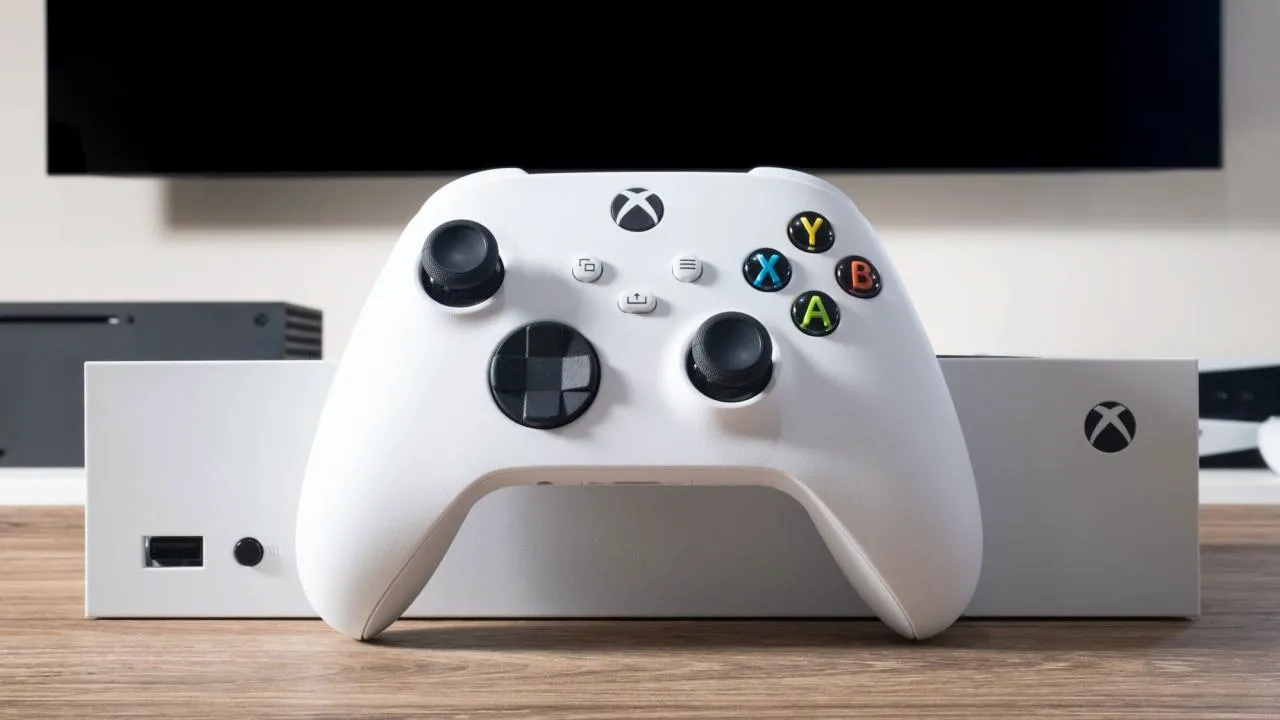
Handheld Consoles – Gaming on the Go
Handheld gaming consoles revolutionized the way we play, offering immersive experiences wherever we go. These compact devices combined portability with performance, creating dedicated fan bases and spawning generations of iconic titles. Whether during travel or leisure, handheld consoles delivered big adventures in small packages—often with unique mechanics and long battery life.
- Game Boy
Launched in 1989, the Game Boy dominated handheld gaming with its durable design and legendary titles like Tetris, Pokémon Red/Blue, and The Legend of Zelda: Link’s Awakening. - Game Boy Advance
This 32-bit upgrade brought rich colors and deeper gameplay to portable gaming, with hits like Metroid Fusion, Fire Emblem, and Mario Kart: Super Circuit. - PlayStation Portable (PSP)
Sony’s first handheld console offered multimedia capabilities, sleek visuals, and popular franchises like God of War: Chains of Olympus and Grand Theft Auto: Liberty City Stories. - Nintendo DS
Revolutionary for its dual screens and touch interface, the DS introduced gameplay variety with titles like Brain Age, New Super Mario Bros., and Animal Crossing: Wild World. - PlayStation Vita
Technologically advanced with a stunning OLED screen and dual analog sticks, the Vita offered standout games like Persona 4 Golden and Tearaway. - Nintendo 3DS
Famous for glasses-free 3D visuals and backward compatibility with DS games, the 3DS shined with titles like Fire Emblem: Awakening and Mario 3D Land. - Sega Game Gear
Sega’s color-screen competitor to the Game Boy featured titles like Sonic the Hedgehog and Columns, but suffered from short battery life. - Neo Geo Pocket Color
This underappreciated gem offered great fighting games like SNK vs. Capcom and excellent battery life, appealing to niche audiences. - Nintendo Switch Lite
A handheld-only version of the Switch with full access to its vast game library, ideal for gamers who prioritize portability over docking. - Analogue Pocket
A premium modern device for playing original Game Boy, Game Gear, and other cartridges with FPGA accuracy and a gorgeous HD screen.
Why This Group Matters
Handheld consoles brought gaming into daily life—on the bus, in bed, or during a break. They made gaming more accessible, more personal, and more creative. These platforms represent freedom, flexibility, and innovation, offering experiences that are both powerful and portable.
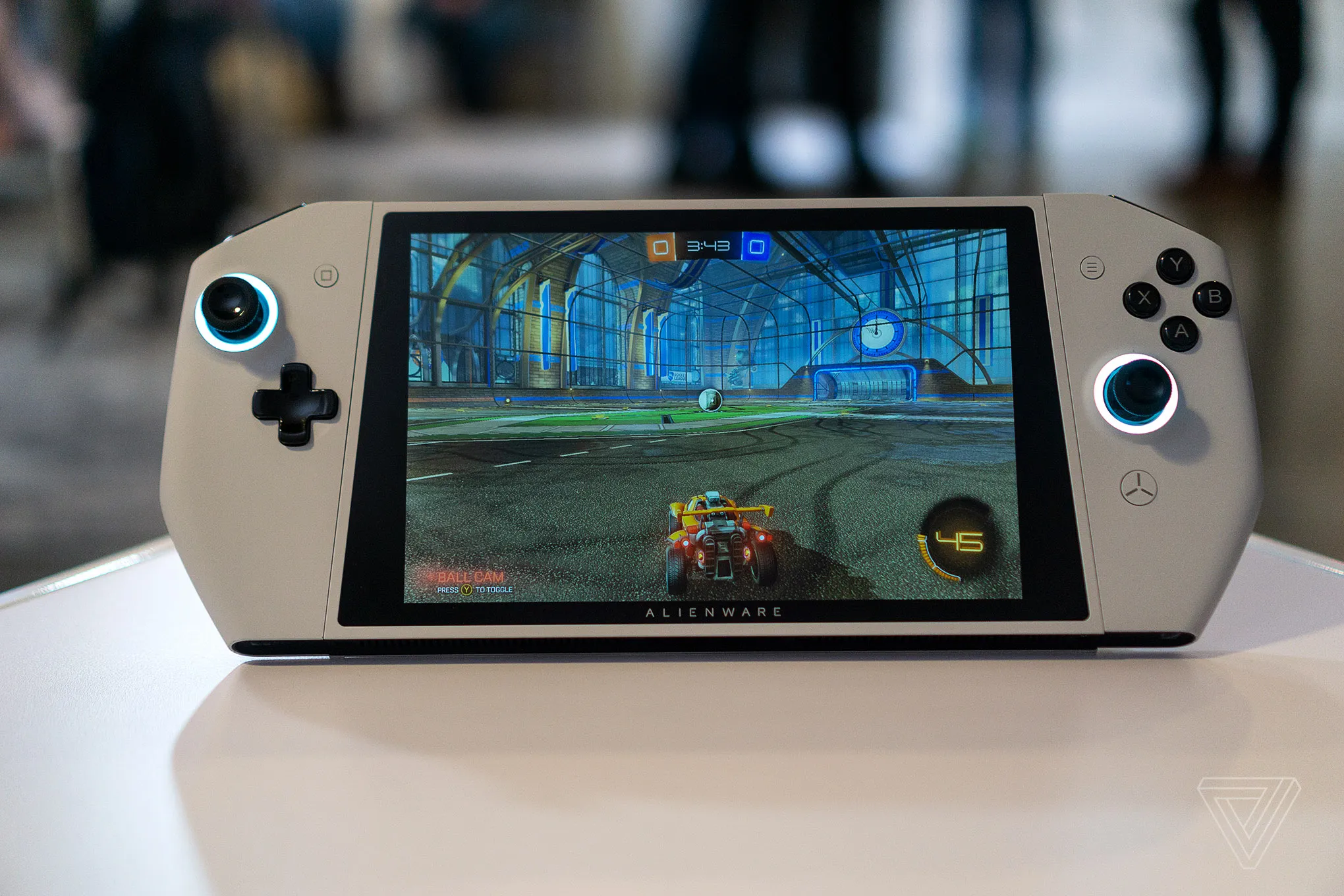
Cloud Gaming Platforms – Streaming the Future of Play
Cloud gaming is revolutionizing access to high-end gaming by removing the need for powerful local hardware. These platforms stream games directly to your devices—phones, tablets, smart TVs, or low-end PCs—delivering console-level graphics and responsiveness through the internet. With growing libraries and increasingly seamless integration, cloud gaming is defining the next phase of accessible, on-demand gameplay.
- NVIDIA GeForce NOW
Streams games you already own on platforms like Steam or Epic Games, delivering low-latency performance on nearly any device. Offers a free tier with premium upgrades. - Xbox Cloud Gaming (xCloud)
Included with Xbox Game Pass Ultimate, xCloud allows users to stream hundreds of games to mobile, web, and Xbox consoles, with seamless controller syncing and save state transfers. - Amazon Luna
Luna is Amazon’s subscription-based platform offering game “channels” like Ubisoft+ and family-friendly collections. Works on Fire TV, PC, Mac, and mobile with Alexa support. - PlayStation Now (Now merged with PS Plus Premium)
Sony’s cloud service offers streaming for PS2, PS3, and PS4 titles to consoles and PC. Now part of the revamped PlayStation Plus Premium tier. - Google Stadia (Discontinued)
Though shut down in 2023, Stadia introduced many to cloud gaming. It offered instant access to games via browsers, TVs, and phones without a console or downloads. - Boosteroid
A rising European cloud gaming platform that supports streaming your personal game library across PC and mobile with solid performance and growing server locations. - Shadow
Unique in offering a full cloud PC experience. Users can install and play any game on a virtual Windows machine with high-end specs, streamed to almost any device. - Blacknut
Geared towards families, Blacknut offers over 500 casual and indie games for one subscription price, with parental controls and up to five profiles per household. - Vortex
Cloud-based access to hundreds of games from multiple storefronts, with support for mobile and browser play. Known for ease of use and accessible pricing tiers. - Parsec
Originally developed for low-latency remote desktop use, Parsec has become a popular choice for remote gaming and couch co-op play, with exceptional streaming quality.
Why This Group Matters
Cloud platforms are transforming gaming from a hardware-bound experience into a flexible, device-agnostic lifestyle. They eliminate barriers like expensive GPUs or storage limitations. With cloud gaming, access is king—allowing gamers to play what they want, when they want, and where they want.
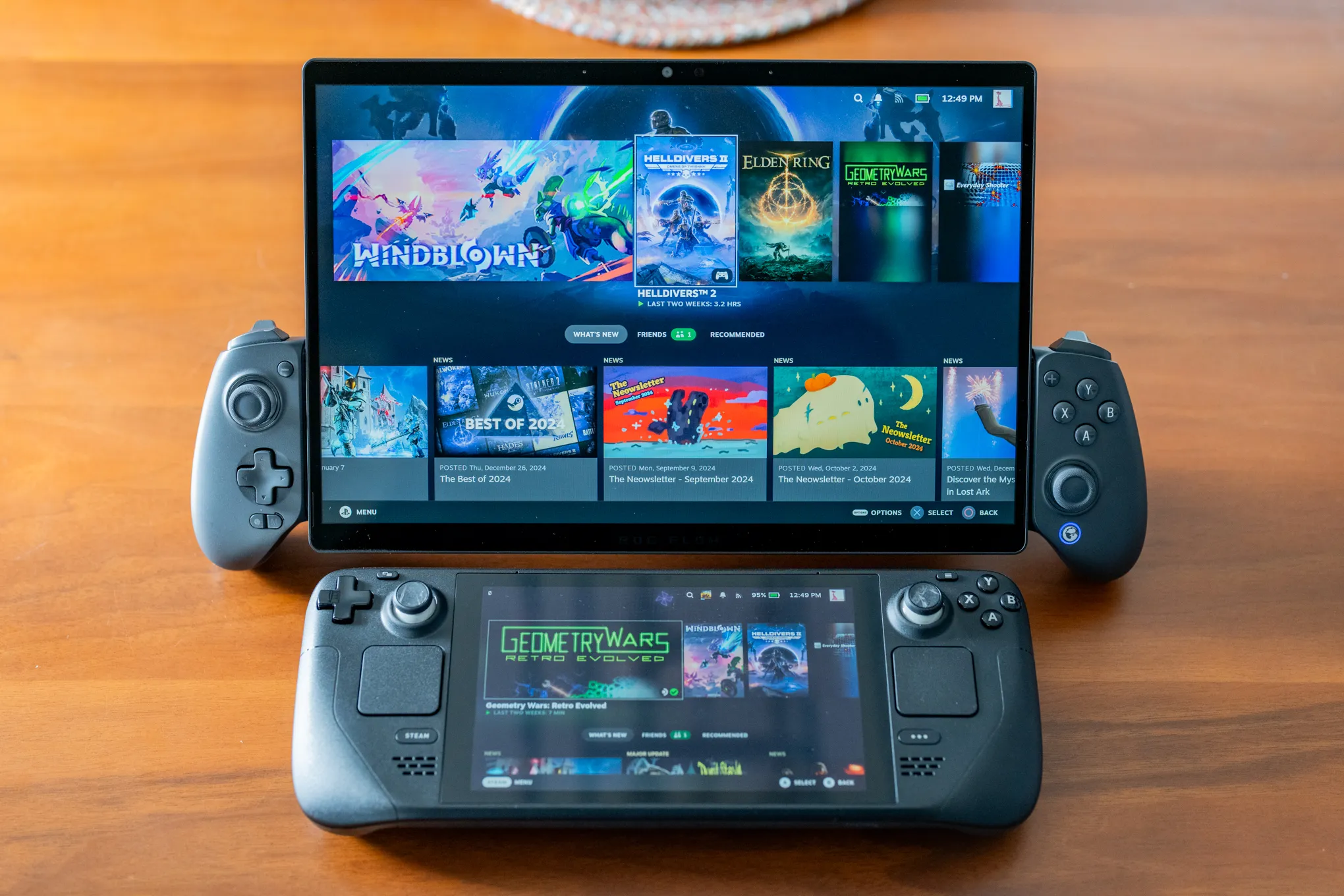
PC Gaming Platforms – Customization, Mods, and Maximum Performance
PC gaming offers the most customizable and performance-driven experience in the gaming world. From ultra-high frame rates and mod support to extensive game libraries and community tools, PC platforms empower players with freedom and control. These platforms represent not just stores, but ecosystems that shape how games are played, shared, and evolved.
- Steam
The gold standard for PC gaming, Steam offers thousands of titles, community integration, mods (via Workshop), and robust DRM. It’s the hub for indie and AAA titles alike. - Epic Games Store
Known for exclusive releases and free weekly games, Epic is rapidly growing with a sleek interface and a strong focus on blockbuster titles like Fortnite and Alan Wake 2. - GOG (Good Old Games)
GOG specializes in DRM-free titles, retro game preservation, and indie gems. Its user-first philosophy and GOG Galaxy client enhance library management across platforms. - Origin (by EA)
EA’s own digital storefront for titles like FIFA, Battlefield, and The Sims. Now merging into EA App, with EA Play available for subscription-based access. - Ubisoft Connect
Ubisoft’s platform for Assassin’s Creed, Far Cry, and more. Offers cloud saves, cross-progression, and event-based rewards. - Battle.net
Activision Blizzard’s launcher for Call of Duty, Diablo, Overwatch, and World of Warcraft. Streamlined for multiplayer, patches, and esports support. - Microsoft Store (Xbox App for PC)
Windows 10/11’s integrated store, offering PC Game Pass and cross-platform Xbox play with seamless syncing between console and PC ecosystems. - Itch.io
An indie-focused platform known for experimental games, jams, and community-driven content. Developers retain control and often distribute DRM-free builds. - Humble Store
Known for bundles that support charities, the Humble Store sells Steam and DRM-free keys, with Humble Choice offering rotating game access and discounts. - Green Man Gaming
A trusted third-party retailer offering steep discounts on Steam, Uplay, and Epic keys. Known for secure key delivery and frequent sales.
Why This Group Matters
PC gaming platforms are at the heart of the most diverse and technically advanced segment of the industry. Whether you value performance, modding, or platform freedom, these ecosystems offer it all. From hardcore simulators to casual indies, PC platforms provide an unmatched level of depth, customization, and community engagement.
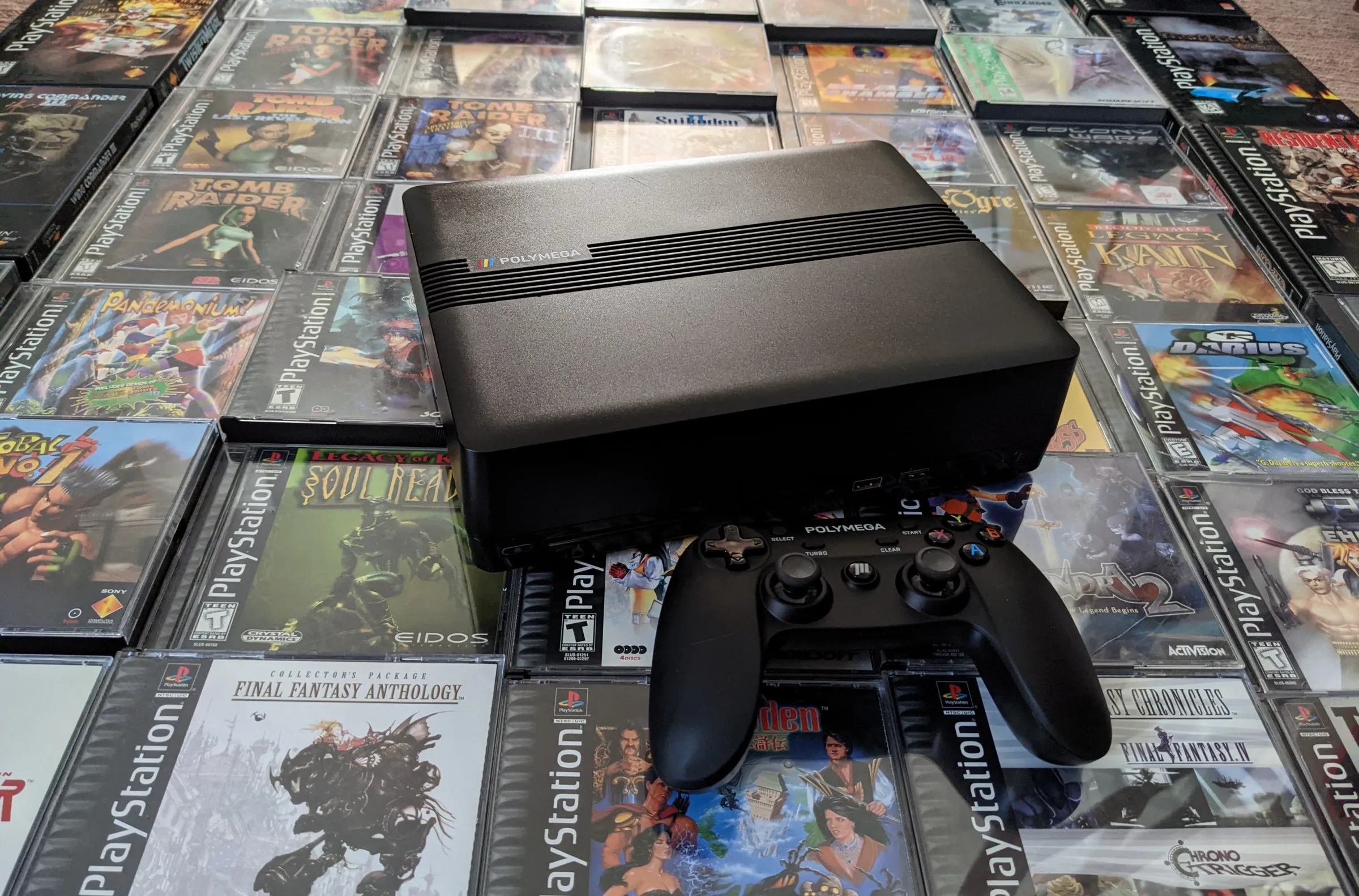
Mobile Gaming Platforms – Power and Play in Your Pocket
Mobile gaming has become a dominant force in the industry, reaching billions of players worldwide. Smartphones and tablets now support console-quality visuals, real-time multiplayer, and deep narratives—alongside casual, pick-up-and-play experiences. These platforms are the go-to for gaming on demand, wherever you are, often with free-to-play models and rich app ecosystems.
- Apple iOS (App Store)
Home to thousands of premium and free games, including Apple Arcade exclusives. iPhones and iPads offer smooth performance, controller support, and high-end visuals. - Android (Google Play Store)
With a broader range of devices and apps, Android delivers accessible gaming at all budget levels, featuring hit titles like PUBG Mobile and Genshin Impact. - Apple Arcade
A curated subscription service offering ad-free, premium mobile games across iOS, iPadOS, macOS, and Apple TV. Highlights include Oceanhorn 2 and What the Golf? - Samsung Galaxy Store
Offers region-specific exclusives, in-game bonuses, and custom Android experiences tailored for Samsung users, with some Fortnite exclusives early on. - Xiaomi Game Center
A pre-installed app on Xiaomi devices that tracks gameplay time, leaderboards, and special promotions for Chinese mobile gaming markets. - Huawei AppGallery
Huawei’s alternative to the Play Store, offering region-specific game libraries, exclusive in-game bonuses, and growing international partnerships. - Netflix Games
Included in Netflix subscriptions, this mobile platform offers premium mobile games like Into the Breach and Stranger Things without ads or microtransactions. - Facebook Gaming
Primarily a streaming and casual game hub, Facebook Gaming hosts cloud-playable games directly via app or web, targeting instant-access experiences. - Amazon Appstore
Alternative app marketplace on Android and Fire tablets, featuring Amazon Coins for discounts, in-game rewards, and curated gaming content. - TapTap
Community-focused mobile gaming platform popular in Asia, offering early access to games, user reviews, and APK installations for Android users.
Why This Group Matters
Mobile platforms bring gaming to the widest audience with unmatched convenience and accessibility. They cater to every type of player—from quick puzzle sessions to full-blown RPGs. With evolving performance and controller support, mobile is no longer just casual—it’s a core pillar of global gaming.
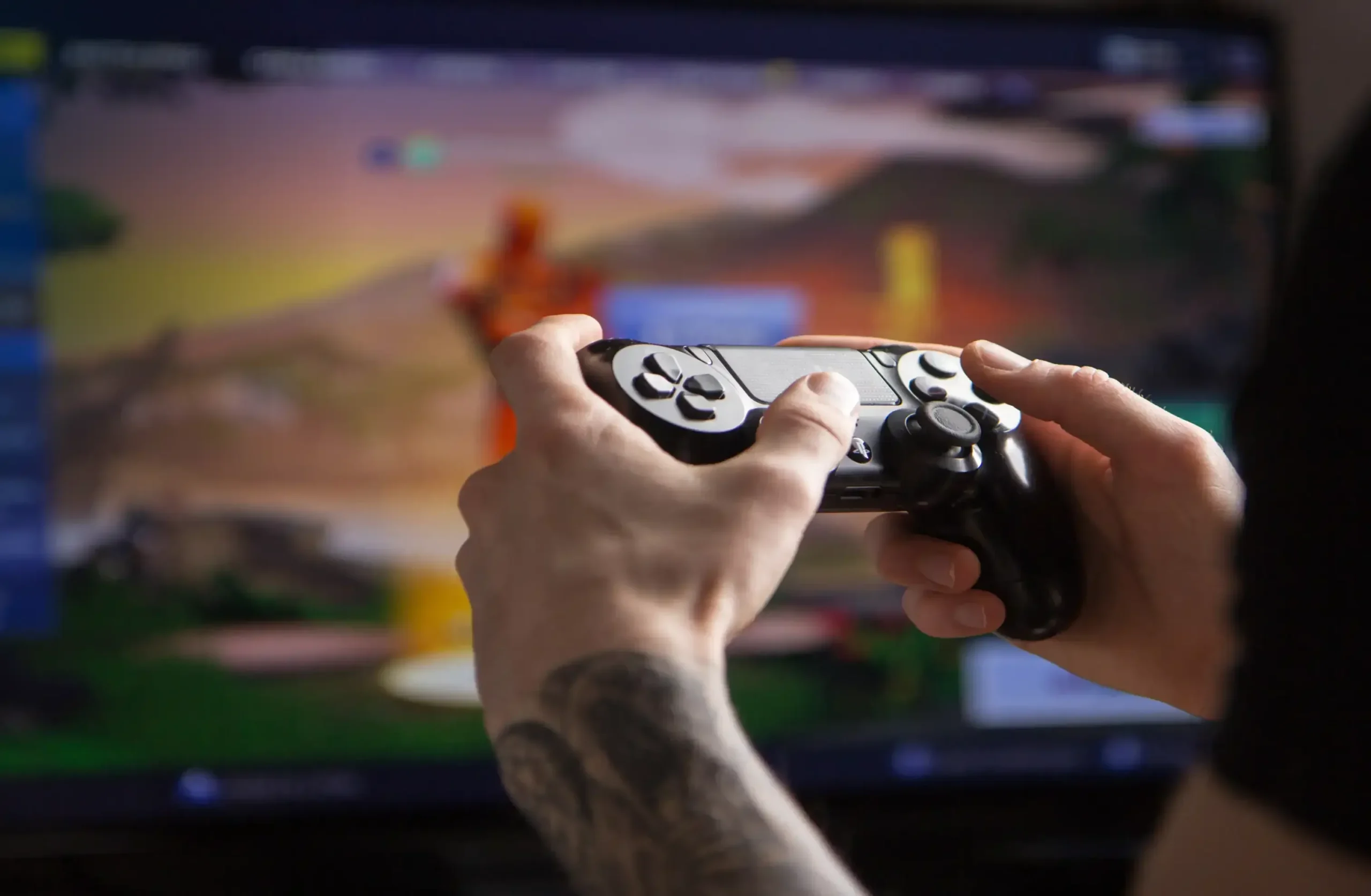
Hybrid and Experimental Platforms – The Cutting Edge of Gaming
This group features hybrid, modular, and experimental gaming platforms that defy traditional definitions. From VR headsets and AR devices to modular PCs and portable/console hybrids, these platforms represent the boldest innovations in the gaming landscape. They blend technologies, blur boundaries, and hint at the future of interactive entertainment.
- Valve Index
A premium VR platform offering high refresh rates, finger tracking, and Half-Life: Alyx exclusivity. A benchmark for immersive, room-scale virtual reality. - Meta Quest 2
Standalone VR headset with built-in display, motion tracking, and app ecosystem. Offers wireless gaming and links to PCs for SteamVR experiences. - Steam Deck
Valve’s handheld PC hybrid that runs full PC games via SteamOS or Windows. Bridges handheld portability with desktop power and open-platform flexibility. - Asus ROG Ally
Windows-based gaming handheld with AMD Z1 chip and support for Xbox Cloud, Steam, and Epic, blurring the lines between console and PC gaming. - Playdate
A pocket-sized, crank-equipped handheld delivering bite-sized indie games released weekly. Its quirky design and curated experiences offer retro-modern charm. - AYANEO Air
A sleek, OLED-equipped Windows gaming handheld from China, delivering full desktop-class games on the go with controller and touchscreen support. - Lenovo Legion Go
An upcoming PC gaming handheld with detachable controllers and high-resolution screen, positioning itself as a rival to the Steam Deck and ROG Ally. - Atari VCS (2021)
A reimagined classic console offering retro titles, a PC mode, and modern indie games. It blends nostalgia with new-age flexibility and streaming. - Google Project Gameface
Experimental facial tracking tech for gaming accessibility. Converts facial gestures into game controls—paving the way for inclusive play innovations. - HoloLens 2
Microsoft’s AR headset, more business-focused but used in gaming experiments. Showcases mixed reality experiences that hint at future immersive gameplay.
Why This Group Matters
These platforms show where gaming is headed—toward more freedom, accessibility, and immersion. They challenge traditional control schemes, form factors, and game delivery models. Whether in your hands, on your face, or in the cloud, these innovations are pushing the limits of what’s possible in play.
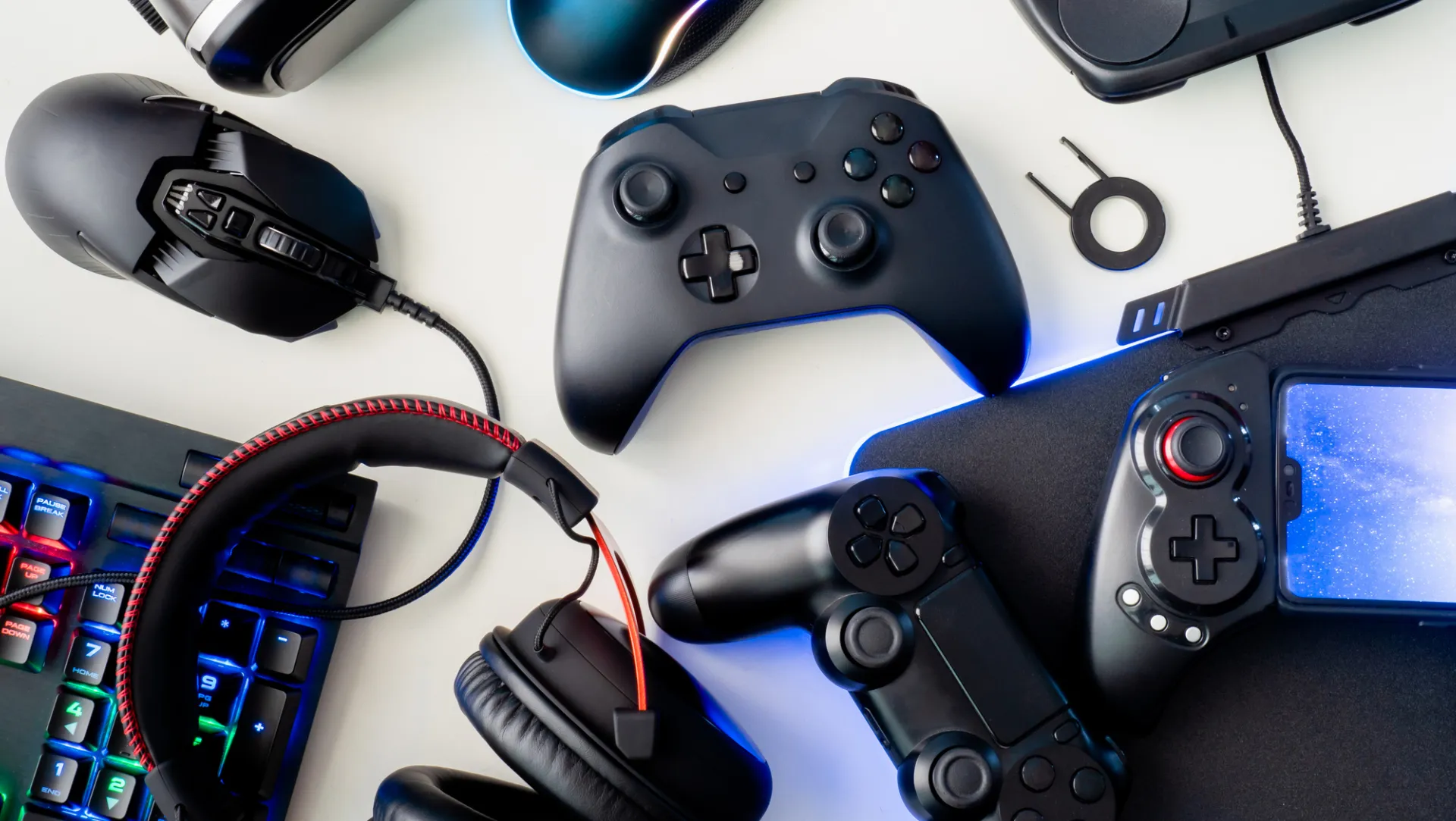
From the iconic NES to cutting-edge VR systems, the gaming platform ecosystem has never been more diverse or exciting. Across seven groups and 60+ entries, we’ve explored the giants of home console gaming, revisited retro classics, examined portable innovations, embraced the flexibility of cloud and PC ecosystems, and peeked into the boundary-pushing realm of hybrid and experimental devices.
Each platform brings something unique to the table—whether it’s groundbreaking graphics, nostalgic memories, unmatched mobility, or next-gen immersion. The choice of where and how to play now depends more on lifestyle, content preference, and accessibility than raw power alone. Gaming has evolved from isolated cartridges to connected, cross-platform ecosystems that fit into every kind of life and player.
Whether you’re a retro purist, a mobile nomad, a PC tinkerer, or someone chasing the edge of innovation, there’s a platform that matches your playstyle. As technology continues to advance and blur traditional lines, the real win is the freedom gamers now enjoy—to play what they want, where they want, and how they want.

